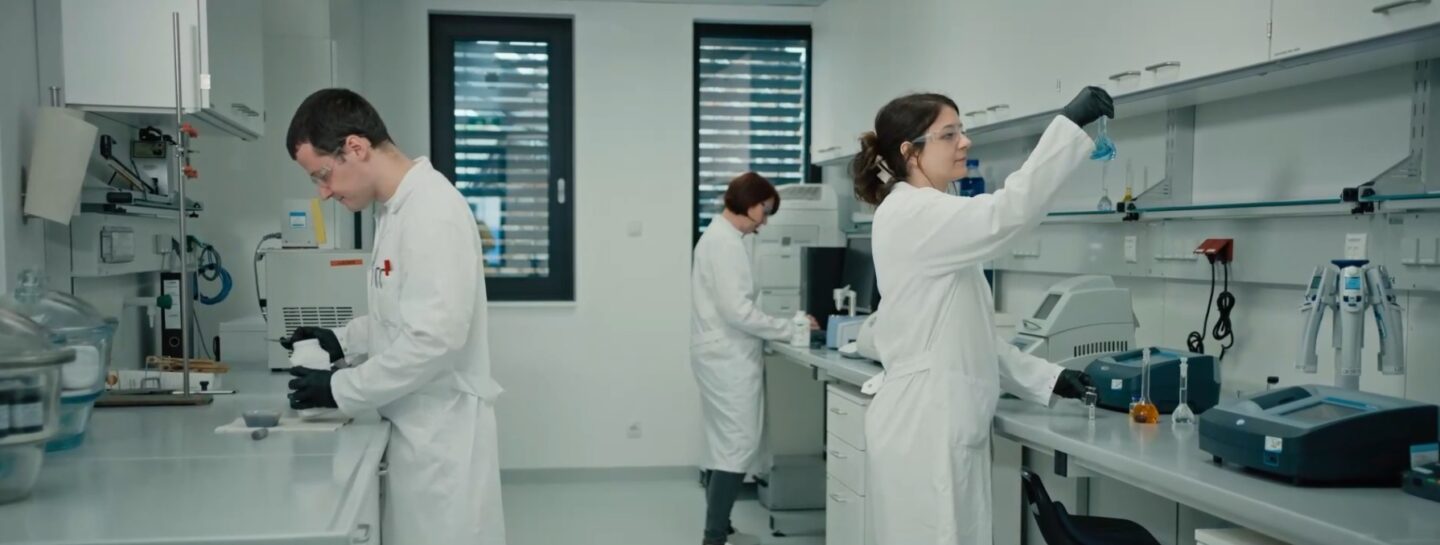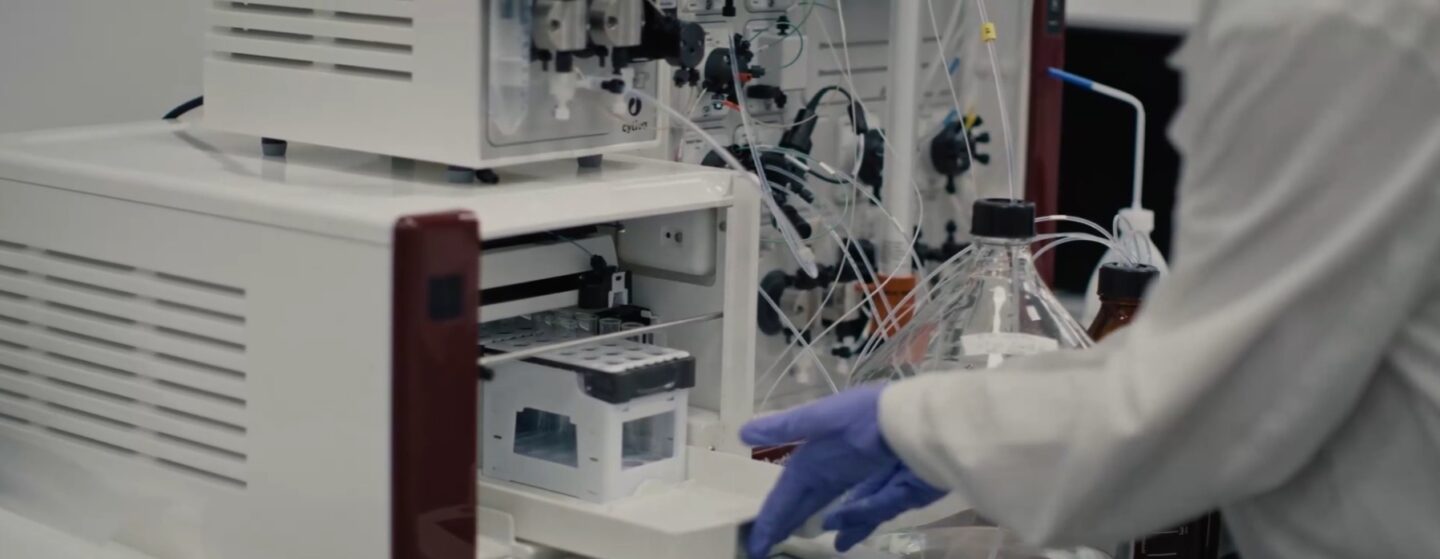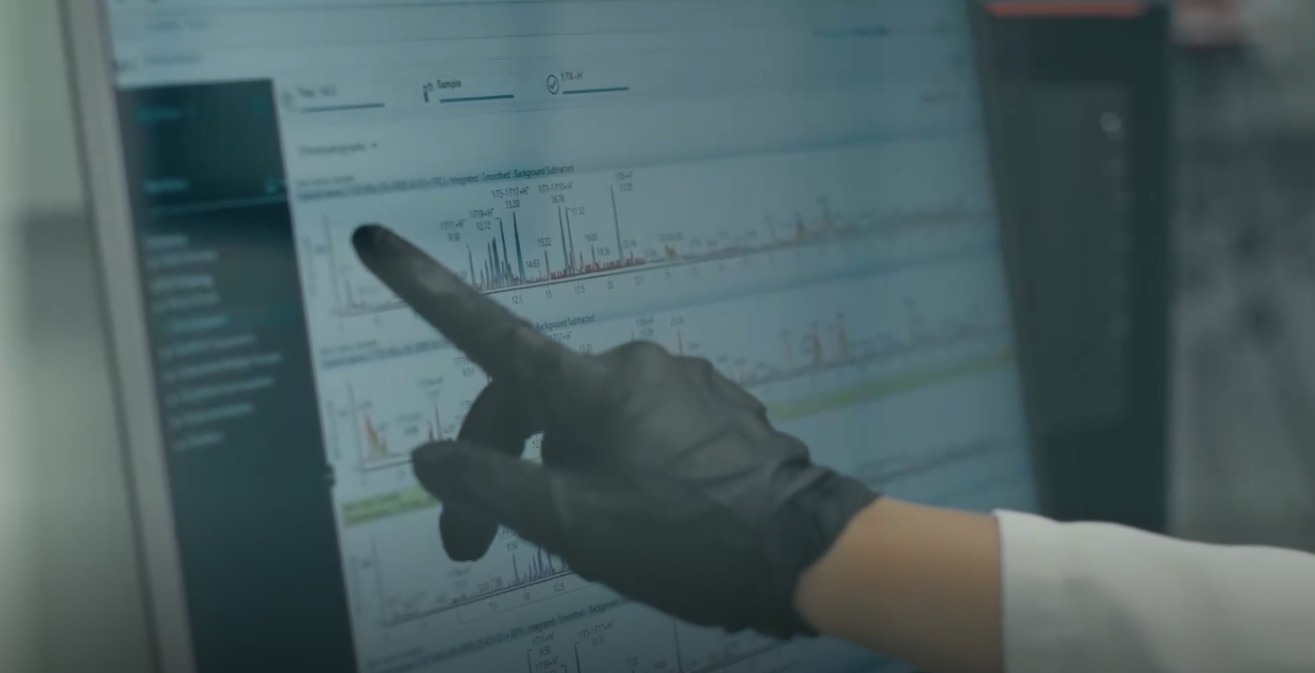
Lab Solution
The expansion of the company Loba into a biotechnological research and production center, Loba biotech GmbH, goes hand in hand with an intensification and extension of the analytical portfolio. The quality of chemically and/or biotechnologically manufactured products is regulated and precisely defined by various national and international authorities like the Agentur für Gesundheit und Ernährungssicherheit (AGES), the Food Drug Administration (FDA) and the European Medicine Agency (EMA) just to mention a few of them. New scientific achievements and constantly improving technologies narrow these limits more and more in order to guarantee the highest level of safety for patients. Loba’s goal is to offer a broad variety of analytical methods for all conceivable technical questions and applications. The analytical equipment will cover for example analysis like:
Nitrosamine analysis
Although well known as a group of carcinogenic substances, nitrosamines came first into focus of European regulations in 2018. Nitrosamines are formed by the reaction of secondary amines with nitrosating agents under acidic conditions. The functional group of secondary amines can be found in many active ingredients (sartans, ranitidine, rifamycine….), which is why this topic became more and more important over the last two years.
N-nitrosodimethylamine (NDMA), the currently best-known representative of nitrosamines, was found in sartans, a common blood pressure medicine, in 2018. This scandal was accompanied by a withdrawal of those medicines and a re-evaluation of the current market. A regulatory guideline was published by the European Medicines Agency which obliged all market authorization holders to re-evaluate the potential risk of nitrosamines in their products. Wherever a risk for nitrosamine formation is evaluated, trace analysis for nitrosamines in active pharmaceutical ingredients (APIs), excipients and final products is mandatory. While methods for common nitrosamines like NDMA are published in pharmacopoeial compendia, for more complex nitrosamines tailor made analytical methods are necessary. Theoretically every secondary amine can form a nitrosamine whenever small amounts of nitrosating agents are present.

Due to the potential carcinogenicity, the permitted limits for nitrosamines are dependent from the permitted daily exposure of the drug product and therefore in the range of ppb or even below. Due to the fact, that secondary amines are common functional groups in molecules of chemical synthethic drugs, the different types of medicines come along with a wide complexity and variety which makes it difficult to provide a single method for the analysis of the whole spectra of nitrosamines with the necessary sensitivity. Even the modernst analysis devices like LC-HRMS usually reach their sensitivity limits when using standard protocols, which is why sample preparation and sophisticated configurations are necessary. In order, to ensure the quality of Loba’s own products, LOBA Feinchemie has already gathered extensive experience in the analysis of nitrosamines. The existing know-how should be further deepened and expanded to even more complex analytical questions to offer quick and efficient solutions for future products, but also as a service for other manufacturers.
Although very difficult and not reported in literature yet, the development of a single screening method for the nitrosamine group independent from the rest of the molecule will be encouraged, which would allow the screening of nitrosamines independent of the molecular structure or the matrix.
Elemental impurities
Elemental impurities in drug products may arise from several sources like residual catalysts added intentionally in synthesis or may be present as impurities through interactions with processing equipment or container/closure systems. Because elemental impurities do not provide any therapeutic benefit to the patient and often contain a certain toxicity, their levels in the drug product should be controlled within acceptable limits according to ICH Q3D.

This guideline deals with evaluation of the toxicity data for potential elemental impurities, the establishment of a Permitted Daily Exposure (PDE) for each element of toxicological concern, and application of a risk-based approach to control elemental impurities in drug products. The PDEs established in the guideline are considered to be protective of public health for all patient populations. The guideline applies to drug substances and finished drug products (as defined in ICH Q6A and Q6B) with drug products containing purified proteins and their derivatives are also within scope. Therefore, trace analysis of elemental impurities is a relevant topic to a great variety of products and customers. Due to validated multielement methods and the possibility of microwave digestion, Loba has analytical techniques in place to serve even complex requirements in elemental impurity analysis.
In the ICH Q3D, heavy metals are categorized dependent on toxicity, the likely oxidation state, safety data and route of administration to humans. The elements included in ICH Q3d guideline have been placed into three classes based on their toxicity and likelihood of occurrence in the drug product.
Residual solvents
The ICH Q3C guideline recommends acceptable amounts for residual solvents in pharmaceuticals for the safety of the patient, preferring the use of less toxic solvents and levels considered to be toxicologically acceptable for some residual solvents. According to this guideline, residual solvents in pharmaceuticals are defined as organic volatile chemicals that are used or produced in the manufacture of drug substances or excipients, or in the preparation of drug products. As the solvents are maybe not completely removed by practical manufacturing techniques, the content of solvents in drug products should be evaluated and justified. Drug products should contain no higher levels of residual solvents than can be supported by safety data, because some solvents are known to cause toxicities. While Class 1 solvents in general should be avoided due to known human carcinogeneity, Class 2 solvents should be limited in manufacture in order, to protect patients from potential adverse effects. Ideally, less toxic solvents (Class 3) should be used wherever practical. ICH Q3C gives recommended limits for all classified solvents.
Testing for residual solvents should be performed when production or purification processes are known to result in the presence of such solvents, whereas it is only necessary to test for solvents that are used or produced in the manufacture or purification of drug substances, excipients, or drug product. According to the ICH Q3C it is a mandatory requirement to have a control over limits for residual solvents.
Due to decreasing acceptable limits of solvents, Loba biotech’s goal is to improve existing GC-methods for analysis of residual solvents in its products. A general method applicable for all solvents used in the manufacture of APIs is desirable. As alternative to existing methods on GCHS with FID-detector, headspace GC equipped with mass detector is preferable.

